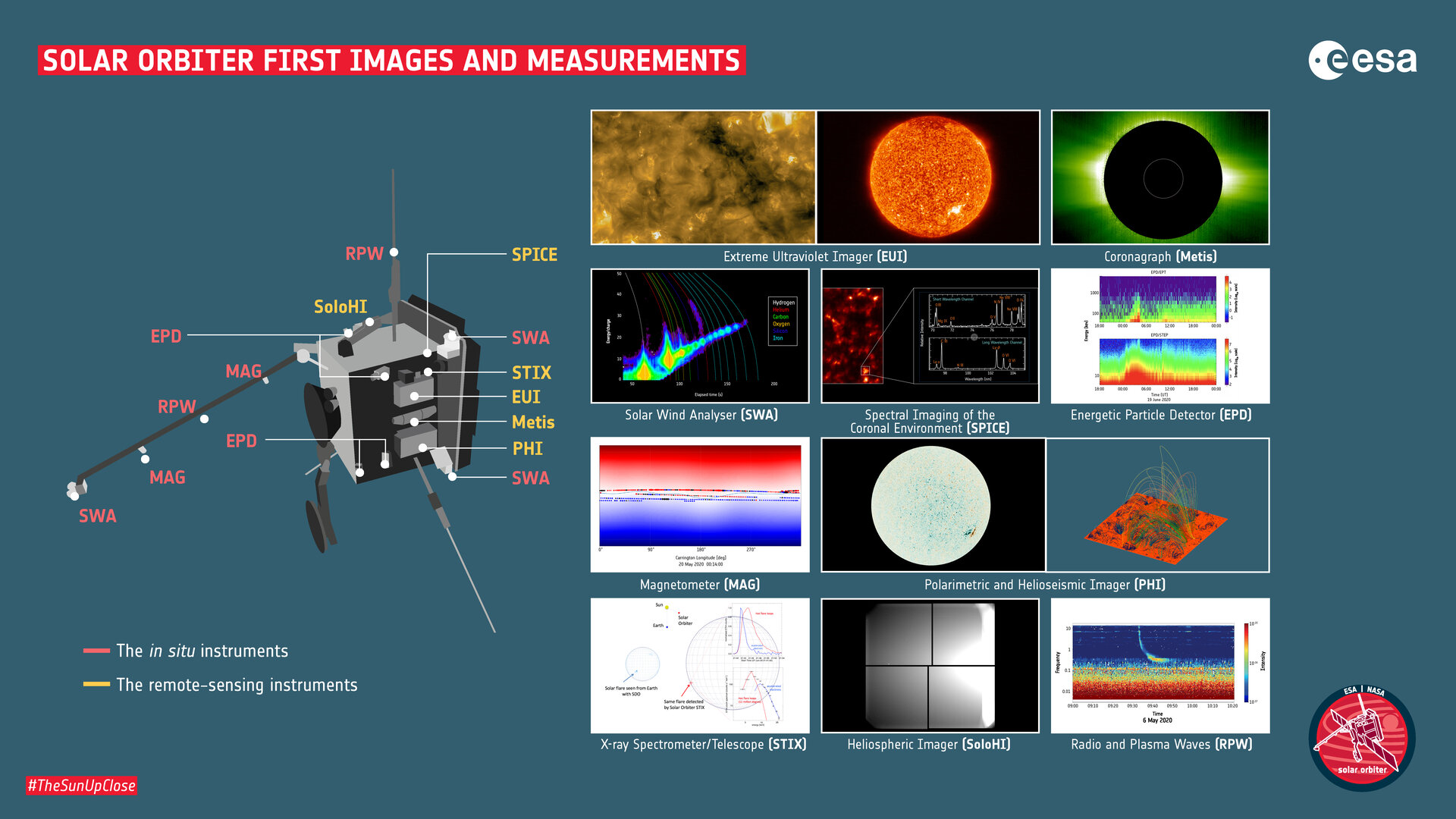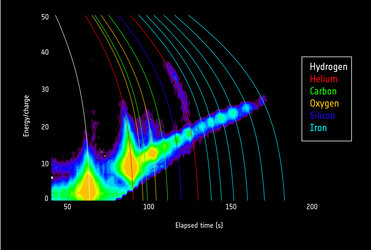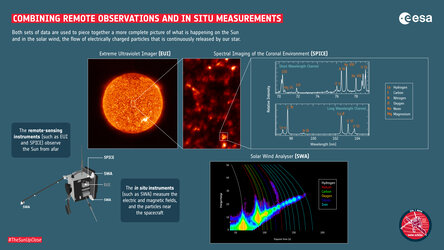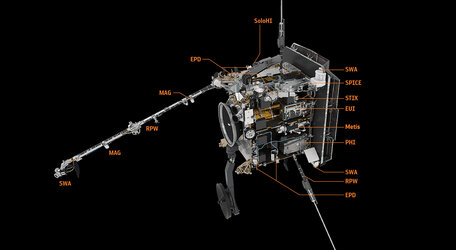Accept all cookies Accept only essential cookies See our Cookie Notice

About ESA
The European Space Agency (ESA) is Europe’s gateway to space. Its mission is to shape the development of Europe’s space capability and ensure that investment in space continues to deliver benefits to the citizens of Europe and the world.
Highlights
ESA - United space in Europe
This is ESA ESA facts Member States & Cooperating States Funding Director General Top management For Member State Delegations European vision European Space Policy ESA & EU Responsibility & Sustainability Annual Report Calendar of meetings Corporate newsEstablishments & sites
ESA Headquarters ESA ESTEC ESA ESOC ESA ESRIN ESA EAC ESA ESAC Europe's Spaceport ESA ESEC ESA ECSAT Brussels Office Washington OfficeWorking with ESA
Business with ESA ESA Commercialisation Gateway Law at ESA Careers Cyber resilience at ESA IT at ESA Newsroom Partnerships Merchandising Licence Education Open Space Innovation Platform Integrity and Reporting Administrative Tribunal Health and SafetyMore about ESA
History ESA Historical Archives Exhibitions Publications Art & Culture ESA Merchandise Kids Diversity ESA Brand Centre ESA ChampionsLatest
Space in Member States
Find out more about space activities in our 23 Member States, and understand how ESA works together with their national agencies, institutions and organisations.
Science & Exploration
Exploring our Solar System and unlocking the secrets of the Universe
Go to topicAstronauts
Missions
Juice Euclid Webb Solar Orbiter BepiColombo Gaia ExoMars Cheops Exoplanet missions More missionsActivities
International Space Station Orion service module Gateway Concordia Caves & Pangaea BenefitsLatest
Space Safety
Protecting life and infrastructure on Earth and in orbit
Go to topicAsteroids
Asteroids and Planetary Defence Asteroid danger explained Flyeye telescope: asteroid detection Hera mission: asteroid deflection Near-Earth Object Coordination CentreSpace junk
About space debris Space debris by the numbers Space Environment Report In space refuelling, refurbishing and removingSafety from space
Clean Space ecodesign Zero Debris Technologies Space for Earth Supporting Sustainable DevelopmentLatest
Applications
Using space to benefit citizens and meet future challenges on Earth
Go to topicObserving the Earth
Observing the Earth Future EO Copernicus Meteorology Space for our climate Satellite missionsCommercialisation
ESA Commercialisation Gateway Open Space Innovation Platform Business Incubation ESA Space SolutionsLatest
Enabling & Support
Making space accessible and developing the technologies for the future
Go to topicBuilding missions
Space Engineering and Technology Test centre Laboratories Concurrent Design Facility Preparing for the future Shaping the Future Discovery and Preparation Advanced Concepts TeamSpace transportation
Space Transportation Ariane Vega Space Rider Future space transportation Boost! Europe's Spaceport Launches from Europe's Spaceport from 2012Latest

Solar Orbiter first images and measurements
Thank you for liking
You have already liked this page, you can only like it once!
ESA’s Solar Orbiter carries a suite of ten instruments that work together to provide a coherent picture of solar activity and how that propagates into the wider Solar System, including particles that flow out into the Solar System as the solar wind.
To study these phenomena, the instruments are grouped into two families: the in situ instruments and the remote-sensing instruments. This graphic summarises the first images and data gathered by all instruments as the mission completed its commissioning phase. These include some of the instrument first light images, obtained between May and June 2020.
The remote-sensing instruments look directly at the Sun, or slightly to one side to see the Sun’s surface and its outer atmosphere, the corona, while the in situ instruments measure the solar wind as it flows around the spacecraft.
The Extreme Ultraviolet Imager (EUI) provides images of the transition from the lower part of the Sun’s atmosphere to the base of the solar corona.
The Metis coronagraph blocks the light from the solar surface, so that the fainter outer atmosphere of the Sun, the corona, can be seen.
The Solar Wind Analyser (SWA) characterises the main properties of the solar wind, including the bulk properties of its particles such as density, velocity, and temperature.
The Spectral Imaging of the Coronal Environment (SPICE) instrument studies the corona seen in front of the Sun’s disc.
The Energetic Particle Detector (EPD) instrument measures the composition, timing and other properties of energetic particles from solar eruptions.
The Magnetometer (MAG) measures the magnetic field in the solar wind as it flows past the spacecraft.
The Polarimetric and Helioseismic Imager (PHI) measures the magnetic field at the Sun’s surface and allows the investigation of the Sun’s interior via the technique of helioseismology.
The X-ray Spectrometer/Telescope (STIX) studies solar X-ray emissions, which are mainly emitted by accelerated electron particles and solar flares.
The Heliospheric Imager (SoloHI) instrument images disturbances in the solar wind allowing giant eruptions known as coronal mass ejections to be tracked as they erupt from the Sun.
The Radio and Plasma Waves (RPW) instrument measures magnetic and electric fields to determine the wave motions and their interactions with the charged particles of the solar wind.
Solar Orbiter is a space mission of international collaboration between ESA and NASA.
-
CREDIT
Solar Orbiter / ESA & NASA -
LICENCE
ESA Standard Licence

First measurements from the Solar Wind Analyser

Solar Orbiter's instruments

Combining remote-sensing and in situ measurements

Solar Orbiter instruments















 Germany
Germany
 Austria
Austria
 Belgium
Belgium
 Denmark
Denmark
 Spain
Spain
 Estonia
Estonia
 Finland
Finland
 France
France
 Greece
Greece
 Hungary
Hungary
 Ireland
Ireland
 Italy
Italy
 Luxembourg
Luxembourg
 Norway
Norway
 The Netherlands
The Netherlands
 Poland
Poland
 Portugal
Portugal
 Czechia
Czechia
 Romania
Romania
 United Kingdom
United Kingdom
 Slovenia
Slovenia
 Sweden
Sweden
 Switzerland
Switzerland
























